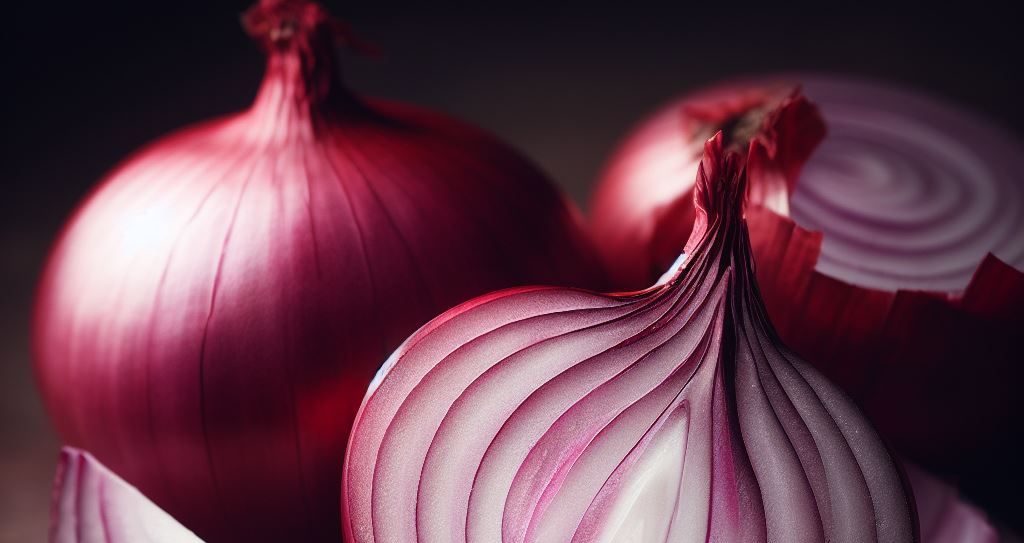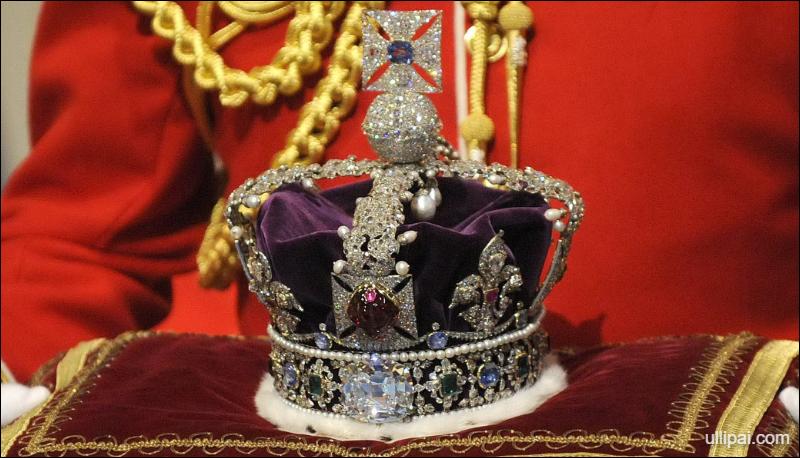It highlights the stories of betrayal, ambition, murder, and power struggles that shaped the monarchy. The video covers several monarchs and notable events, including the Norman Conquest, the War of Roses, the Tudor dynasty, the rivalry between Elizabeth I and Mary Queen of Scots, and Charles I’s execution, which led to the formation of a republic.
The New Monarch of United Kingdom
King Charles III was just crowned the King of the United Kingdom, which is composed of England, Scotland, Wales, and Northern Ireland.
As such, he is the head of state of these four countries, and he has certain ceremonial and symbolic duties associated with each of them.
In addition, King Charles is also the head of the Commonwealth, which is a group of 54 member states, most of which are former British colonies or territories.
However, his role in the Commonwealth is mainly ceremonial and symbolic, and he does not have any direct political authority over these member states.
Let’s learn a little bit more about his heritage and history.
Monarchs of England since 1702
Let’s look at the list of Kings and Queens who were the rulers of England from about the time the British East India Company started it’s ‘business’ within the Indian Subcontinent.
- Queen Anne: 1702-1714
- King George I: 1714-1727
- King George II: 1727-1760
- King George III: 1760-1820
- King George IV: 1820-1830
- King William IV: 1830-1837
- Queen Victoria: 1837-1901
- King Edward VII: 1901-1910
- King George V: 1910-1936
- King Edward VIII: January-December 1936
- King George VI: 1936-1952
- Queen Elizabeth II: 1952-2022
- King Charles III: 2022-present (as of May 2023)
The Story of the British (UK) Royalty
Read below if you just want the information
Information mentioned in the video article
King Charles’ Bloodstained Crown | The Untold Story of UK Royals
It (The British Empire) was built on the blood of murdered relatives, the sweat and blood of slaves and colonial subjects, and by some accounts, the premature deaths of 100 million Indians because of British policy.
Source
The history of the UK Royals is a story of power, violence, and ambition.
From the Norman Conquest of 1066 to the present day, the history of the monarchy is filled with betrayals, murders, and looted colonies. The Meghan Markle scandal may have made headlines, but the story of the UK Royals is far more scandalous than many realize.
William – 1066 – 34 generations ago
It all began with the arrival of William in Britain in 1066. William and his army defeated Harold, the king of England, in the Battle of Hastings. William was crowned King on Christmas Day in the year 1066 at Westminster Abbey. Charles, the current King, is separated from William by 34 generations.
The history of the UK Royals is filled with betrayals, murders, and looted colonies.
Henry – may have killed his nephew the king
Many historians believe that William’s younger brother Henry killed William II, who was hunting in Southern England when he was killed by his own noble. Henry secured the treasury in Winchester and rushed to London, where he made himself king.
In the UK Royal history, betrayals and murders were not uncommon.
jon – 1199 – killed his 16 year old nephew
King Jon, who took the throne in 1199, had a rival – his brother’s son named Arthur. Jon ordered his 16-year-old nephew and rival’s eyes and genitals to be removed. When the jailer refused to carry out the cruel act, Jon personally murdered his nephew and threw his body into a river.
war of roses – 30 year civil war
Cut to the 15th century, one of the bloodiest chapters in English history was unfolding – The War of Roses. It was a 30-year ruthless and barbaric civil war between the House of Lancaster and the House of York.
edward iv first york king – killed his brother george
After the York’s won, Edward IV, their King, grew suspicious of his brother George the Duke of Clarence, and imprisoned him. He drowned George in a pot of wine.
the next king – made edward iv’s sons vanish
In 1483, Edward IV died, and his successor, his 12-year-old son, also named Edward, was heading to London when his uncle stopped him. He put Edward and his brother in the Tower of London, and nobody has seen them since. The murderous uncle made himself king, but decades later, two skeletons were found in the tower. Did they belong to Edward and his brother? No one knows.
Henry vii (house of tudor) – executed 57000
Henry VII, one of the monarchs of the House of Tudor, executed around 57,000 people in 36 years, which is around four people per day.
elizabeth i – executed rival mary, queen of scots
Elizabeth I, his daughter, had a rivalry with Mary, the Queen of Scots. Elizabeth imprisoned Mary for 18 and a half years and executed her in 1587.
Mary’s execution was a gruesome affair, taking three swings of the ax to behead her. This event is often cited as one of the darkest moments in British history, and has been compared to the brutality of the Game of Thrones.
James vi son of mary of scots becomes king james i
After Elizabeth’s death, the throne passed to James VI of Scotland, who became James I of England. James was the son of Mary Queen of Scots, the same woman whom Elizabeth had executed.
Era of colonialism starts
This was a significant moment in British history, as it marked the beginning of the Stuart dynasty and the start of a new era of colonialism.
Charles i (17th century) delusional
In the mid-17th century, Charles I became king of England. Charles was a delusional ruler who believed that he had been appointed by God. When the parliament disagreed with him, he went to war, but was defeated in 1645 and executed three years later.
This event was a turning point in British history, as it marked the end of the monarchy and the beginning of a republic.
charles II 1660
However, this was short-lived, and in 1660 the monarchy was restored with the coronation of Charles II.
With the restoration of the monarchy came a new era of colonialism, as Britain began to expand its empire across the globe.
The economic model – Profit from Slavery
Over the next few centuries, Britain would invade around 90% of all countries, becoming the superpower of the 18th century. The economic model that sustained this empire was slavery, and Britain perfected it.
Although they did not start the slave trade (that would be Portugal and Spain), they transported around 3.4 million Africans to their colonies. Of these, 2.7 million reached their destination alive, while the rest perished. This was all done with royal approval, as Charles II had institutionalized slavery during his rule.
Today, the current king of Britain, Charles III, is carrying the burden of this legacy.
His direct ancestors bought slaves in Virginia, and yet there has been no apology for this dark chapter in British history.
The real Legacy – Murder, Slavery, Colonial Loot
Looking back, it is hard to know what to make of this Empire and this Throne. It was built on the blood of murdered relatives, the sweat and blood of slaves and colonial subjects, and by some accounts, the premature deaths of 100 million Indians because of British policy.
The Loot
The impact of the British monarchy on the world is hard to overstate. It is estimated that they took resources worth 45 trillion dollars, which is 15 times Britain’s current GDP, from India alone.
Impact of the Royal Follies
The entire world has had to pay for the Royal Family’s mistakes, as seen in the first world war. The three rulers of the major powers during the war, George V of England, Tsar Nicholas II of Russia, and Kaiser Wilhelm II of Germany, were all cousins. Their rivalry ended with the death of 20 million people.
Recap – Royal Legacy – Murder & Plunder
This flashback is a necessary reminder of the real history of the British throne, the blood they spilled, the innocents they executed, and the lands they plundered.
The throne is soiled by cruelty and ruthlessness, and it is important to acknowledge this history in order to move forward.
The British monarchy continues to have a powerful influence on the world, and it is up to us to hold them accountable for their actions, have their current Royal generation, their government, acknowledge the atrocities and demand justice for the victims of their past.

